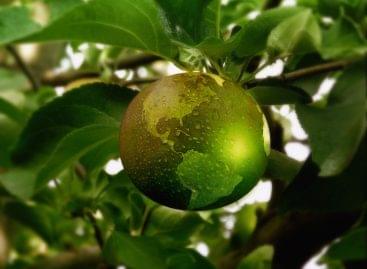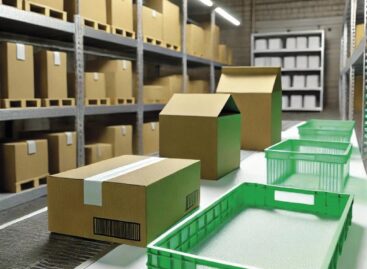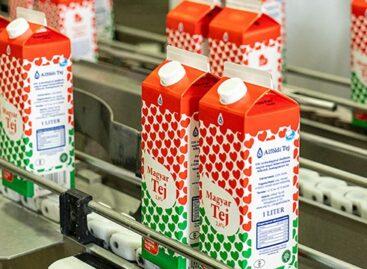An environmentally sustainable alternative to egg whites
Egg whites are an important ingredient in the food industry, where they supply protein in a huge number of products. Uses for egg whites range from clarifying wine to helping breading adhere better to fish fingers. In 2020, around 1.6 million tonnes of egg whites were used commercially, often in the form of powder. This has a significant environmental impact. Now, researchers at the University of Helsinki have come up with the potential solution.
The researchers have used ‘cellular agriculture’ to produce ovalbumin – the protein in egg whites, without using any animals. The researchers inserted the gene carrying the blueprints for ovalbumin into the fungus Trichoderma reesei. The fungus then produced and secreted the protein, which was separated out, concentrated, and dried to create a final product.
When tested, the fungus-produced ovalbumin powder had many of the same useful qualities as egg white powder from chickens, such as the ability to foam up. However, the researchers also studied the sustainability of the method, as compared to raising hens for their egg whites. The fungus-derived ovalbumin would greatly reduce land use requirements and greenhouse gas emissions,. However, the amount of energy saved would depend on the use of low-carbon energy.
Springwise
Related news
Green lending: sustainable financing gaining momentum
🎧 Hallgasd a cikket: Lejátszás Szünet Folytatás Leállítás Nyelv: Auto…
Read more >dm-drogerie markt rolls out sustainable laundry detergent
🎧 Hallgasd a cikket: Lejátszás Szünet Folytatás Leállítás Nyelv: Auto…
Read more >Hungary is on the verge of a new logistics era
🎧 Hallgasd a cikket: Lejátszás Szünet Folytatás Leállítás Nyelv: Auto…
Read more >Related news
Crowds return to stores: margin cap and year-end preparations drive retail traffic
🎧 Hallgasd a cikket: Lejátszás Szünet Folytatás Leállítás Nyelv: Auto…
Read more >The kings of the New Year’s Eve list: hot dogs and champagne in abundance
🎧 Hallgasd a cikket: Lejátszás Szünet Folytatás Leállítás Nyelv: Auto…
Read more >The Alföldi Tej case is drifting towards an uncertain outcome
🎧 Hallgasd a cikket: Lejátszás Szünet Folytatás Leállítás Nyelv: Auto…
Read more >






